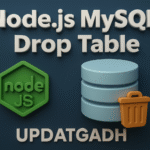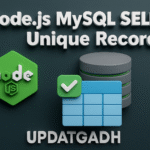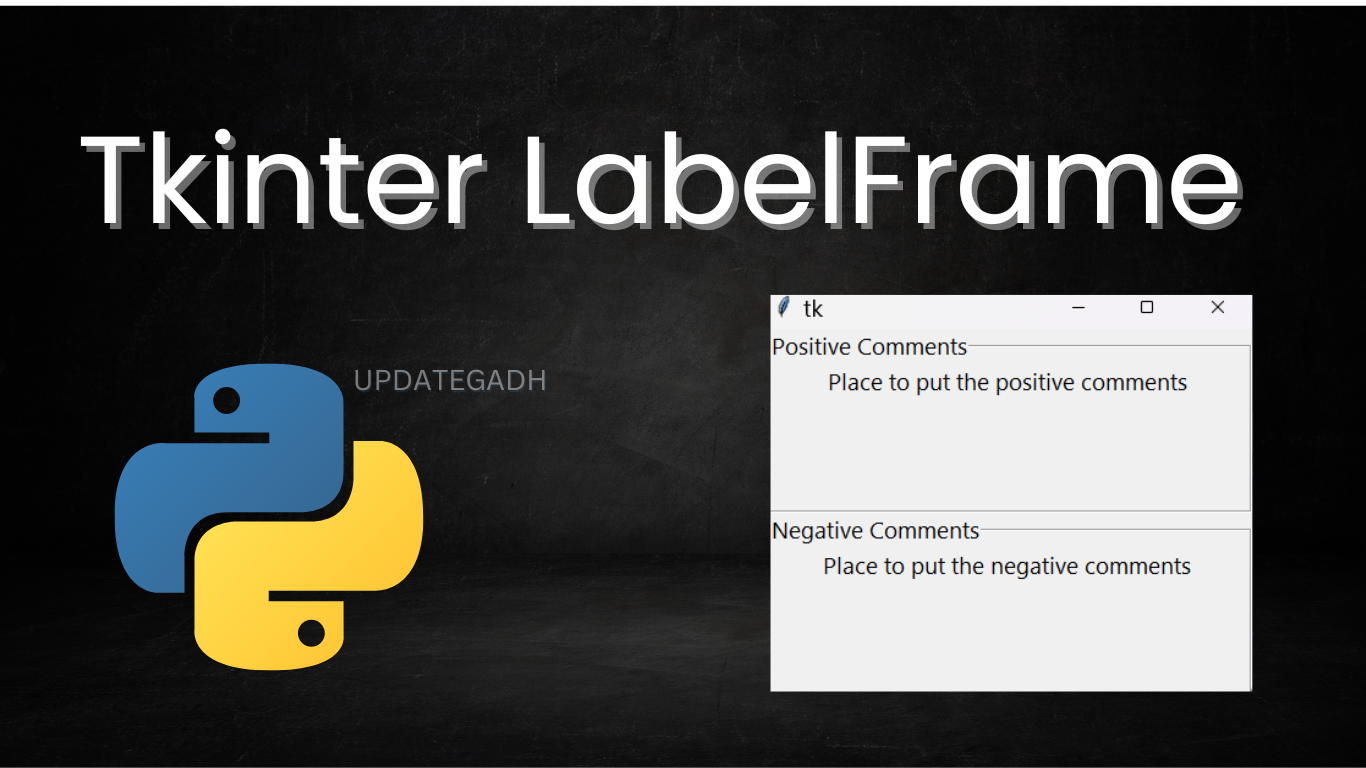
Chapter 6: Mastering Control Structures in Python
Control Structures in Python
Introduction
Control structures are the backbone of programming logic, allowing us to dictate the flow of our programs. In Python, control structures like conditional statements and loops empower developers to write efficient, dynamic, and versatile code. Whether you’re a beginner looking to grasp the essentials or an experienced coder polishing your skills, understanding these concepts is crucial for any programming journey.

In this chapter, we’ll dive into control structures, focusing on conditional statements (if, elif, else), loops (for, while), and the powerful technique of list comprehensions. By the end, you’ll have a solid understanding of how to control the flow of your Python programs, making them more efficient and easier to manage.
Conditional Statements: Making Decisions in Code
Conditional statements allow your program to make decisions based on certain conditions. Think of them as the “if this, then that” logic of your code.
The if Statement :-The if statement is the most basic form of a conditional in Python. It allows you to execute a block of code only if a specified condition is true. In this example, the program checks if age is 18 or more. If the condition is met, it prints “You are an adult.”
age = 20
if age >= 18:
print("You are an adult.")The elif Statement :- What if you have multiple conditions to check? This is where elif (short for “else if”) comes in. It allows you to test additional conditions if the previous if statement is false. Here, the program first checks if age is 18 or more. If not, it checks if age is 13 or more. If neither condition is true, the program executes the else block.
The else Statement :-The else statement provides an alternative block of code that runs if none of the previous conditions are met. In the previous example, if age is less than 13, the else block executes, printing “You are a child.”
age = 16
if age >= 18:
print("You are an adult.")
elif age >= 13:
print("You are a teenager.")
else:
print("You are a child.")Loops: Repeating Actions in Code
Loops allow you to repeat a block of code multiple times. This is incredibly useful for tasks that require repetitive actions, like iterating over a list of items.
The for Loop :- The for loop is used to iterate over a sequence (like a list, tuple, or string) and execute a block of code for each item in that sequence.
fruits = ["apple", "banana", "cherry"]
for fruit in fruits:
print(fruit)This loop will print each fruit in the list:
apple
banana
cherryThe while Loop :-The while loop runs as long as a specified condition is true. It’s useful when the number of iterations isn’t predetermined.
count = 1
while count <= 5:
print("Count:", count)
count += 1This loop will print the count from 1 to 5:
Count: 1
Count: 2
Count: 3
Count: 4
Count: 5List Comprehensions: Create Lists
List comprehensions offer a concise way to create lists in Python. They can be used to generate a new list by applying an expression to each item in an existing list, optionally filtering items with a conditional.
Basic List Comprehension
Here’s a simple example that creates a list of squares:
squares = [x**2 for x in range(10)]
print(squares)This will output:
[0, 1, 4, 9, 16, 25, 36, 49, 64, 81]List Comprehension with Conditionals
You can also add a condition to filter items. For instance, to create a list of even squares:
even_squares = [x**2 for x in range(10) if x % 2 == 0]
print(even_squares)This will output:
[0, 4, 16, 36, 64]Here are some coding questions related to control structures,
1. Question: FizzBuzz Challenge
Write a Python program that prints the numbers from 1 to 50. For multiples of three, print “Fizz” instead of the number, and for the multiples of five, print “Buzz”. For numbers that are multiples of both three and five, print “FizzBuzz”.
Solution:
for num in range(1, 51):
if num % 3 == 0 and num % 5 == 0:
print("FizzBuzz")
elif num % 3 == 0:
print("Fizz")
elif num % 5 == 0:
print("Buzz")
else:
print(num)2. Question: Calculate Factorial
Write a Python function to calculate the factorial of a number using a while loop.
Solution:
def factorial(n):
result = 1
while n > 0:
result *= n
n -= 1
return result
# Test the function
print(factorial(5)) # Output: 1203. Question: List of Even Numbers
Using list comprehension, write a Python program that generates a list of even numbers between 1 and 100.
Solution:
even_numbers = [x for x in range(1, 101) if x % 2 == 0]
print(even_numbers)4. Question: Grade Calculator
Write a Python program that takes a numerical score as input and prints the corresponding letter grade based on the following scale:
- A: 90-100
- B: 80-89
- C: 70-79
- D: 60-69
- F: Below 60
Solution:
def get_grade(score):
if score >= 90:
return "A"
elif score >= 80:
return "B"
elif score >= 70:
return "C"
elif score >= 60:
return "D"
else:
return "F"
# Test the function
score = 85
print(f"Score: {score}, Grade: {get_grade(score)}") # Output: Score: 85, Grade: B5. Question: Sum of Digits
Write a Python program that takes a number and returns the sum of its digits. Use a while loop to achieve this.
Solution:
def sum_of_digits(num):
total = 0
while num > 0:
total += num % 10
num //= 10
return total
# Test the function
print(sum_of_digits(1234)) # Output: 106. Question: Multiplication Table
Write a Python program to print the multiplication table for a given number using a for loop.
Solution:
def multiplication_table(n):
for i in range(1, 11):
print(f"{n} x {i} = {n * i}")
# Test the function
multiplication_table(5)7. Question: Filter Words by Length
Write a Python program using list comprehension to filter a list of words and return only those that are longer than a given length.
Solution:
words = ["apple", "banana", "cherry", "date", "elderberry", "fig", "grape"]
length = 5
filtered_words = [word for word in words if len(word) > length]
print(filtered_words) # Output: ['banana', 'cherry', 'elderberry']8. Question: Check Prime Number
Write a Python program that checks whether a given number is prime. Use a for loop and conditional statements.
Solution:
def is_prime(n):
if n <= 1:
return False
for i in range(2, int(n**0.5) + 1):
if n % i == 0:
return False
return True
# Test the function
print(is_prime(11)) # Output: True
print(is_prime(25)) # Output: False9. Question: Find Common Elements
Write a Python program to find the common elements between two lists using list comprehension.
Solution:
list1 = [1, 2, 3, 4, 5]
list2 = [4, 5, 6, 7, 8]
common_elements = [x for x in list1 if x in list2]
print(common_elements) # Output: [4, 5]10. Question: Reverse a String
Write a Python program to reverse a string using a for loop.
Solution:
def reverse_string(s):
reversed_s = ""
for char in s:
reversed_s = char + reversed_s
return reversed_s
# Test the function
print(reverse_string("hello")) # Output: "olleh"- Complete Python Course : Click here
- Free Notes :- Click here
- New Project :-https://www.youtube.com/@Decodeit2
- How to setup this Project Complete video – Click here










Post Comment